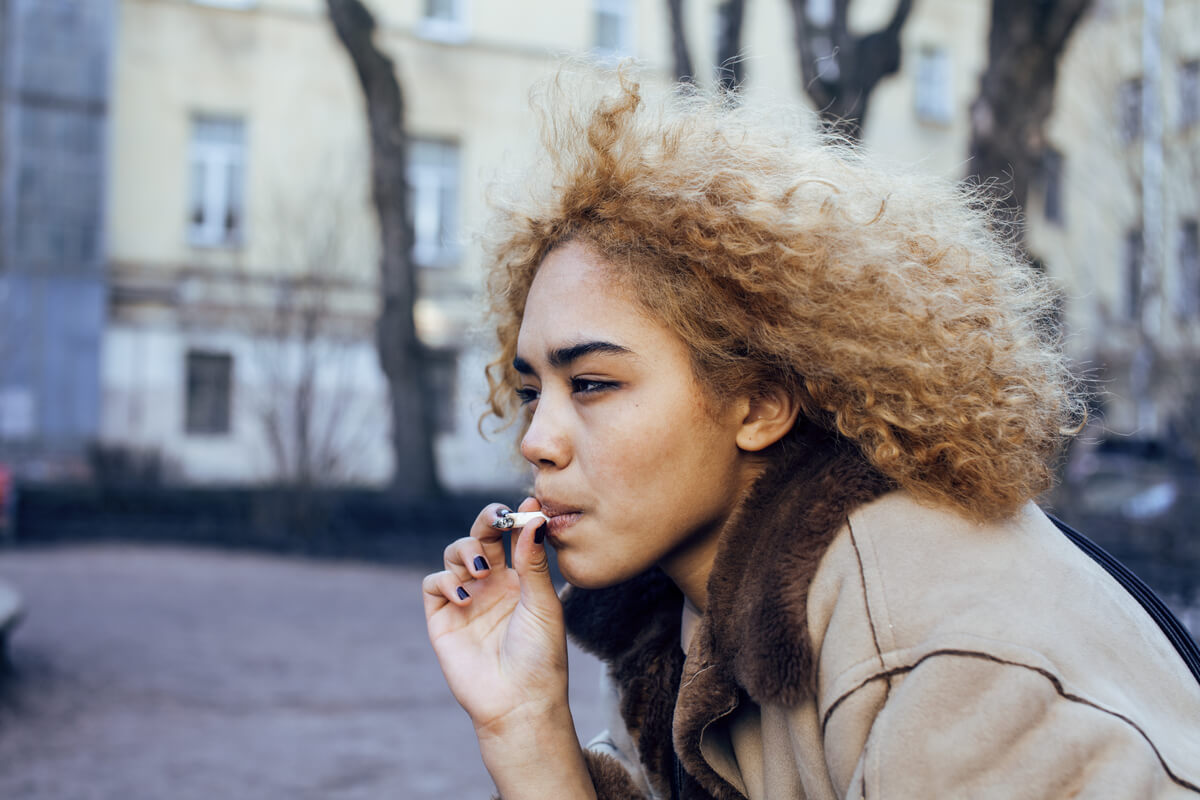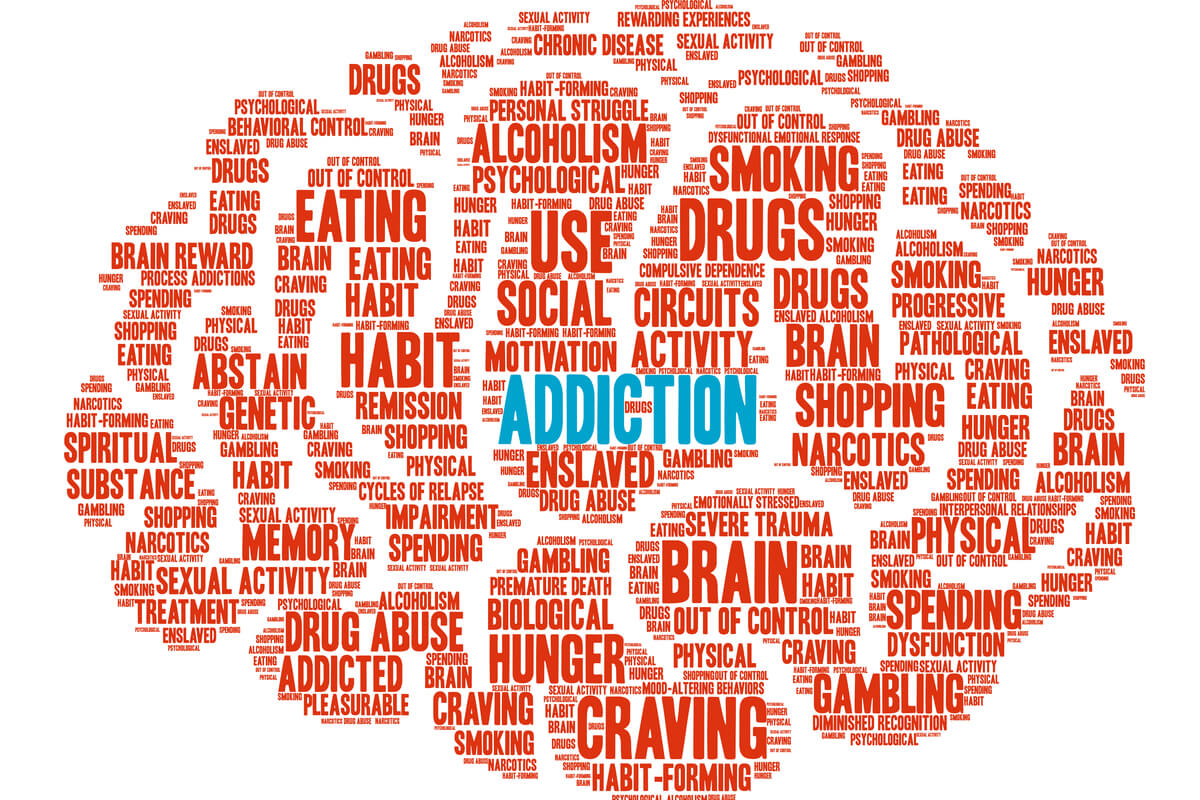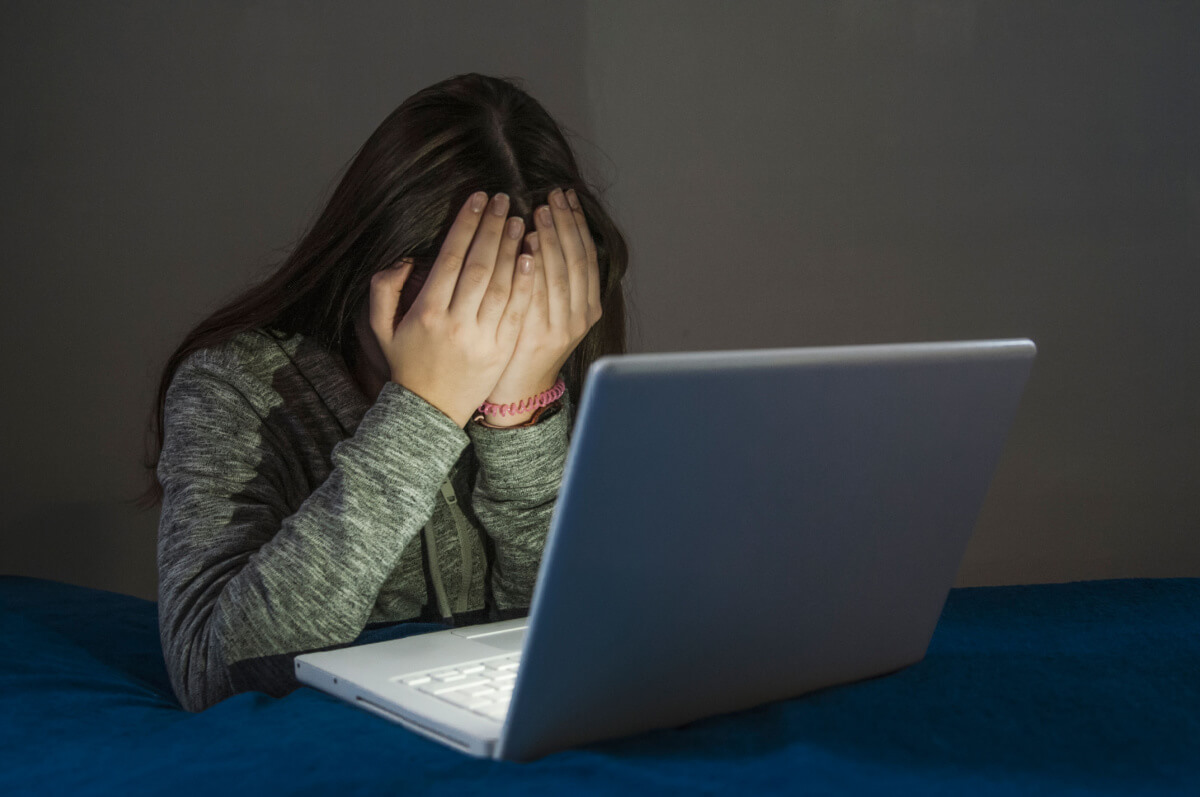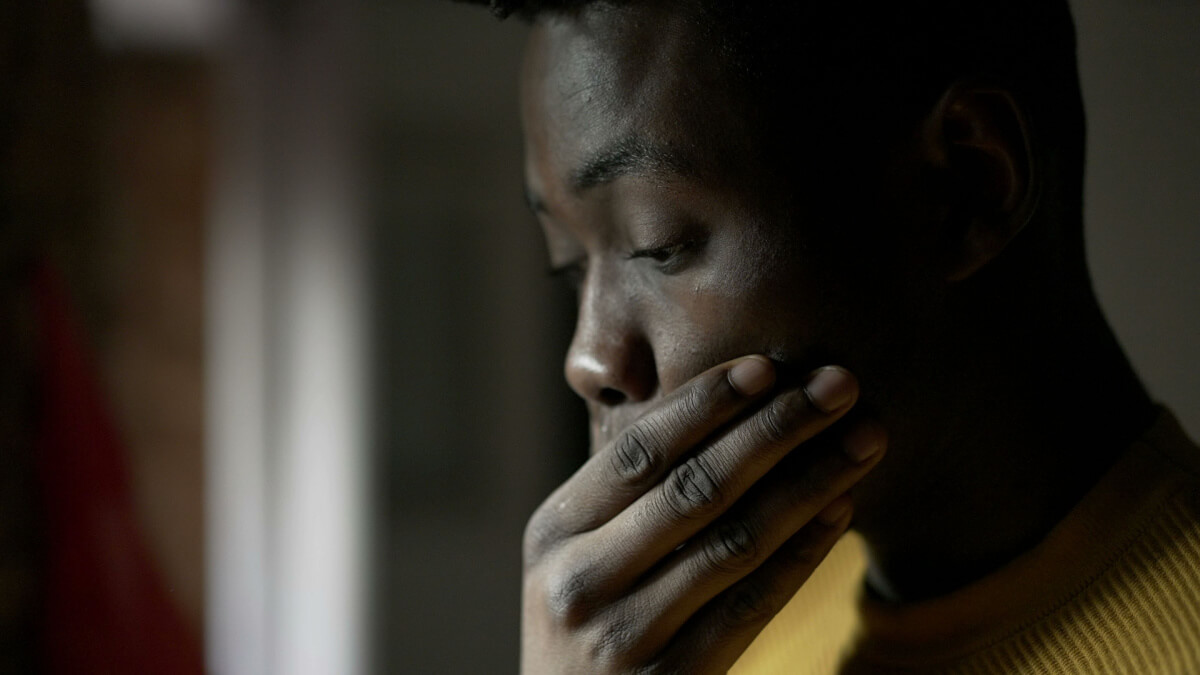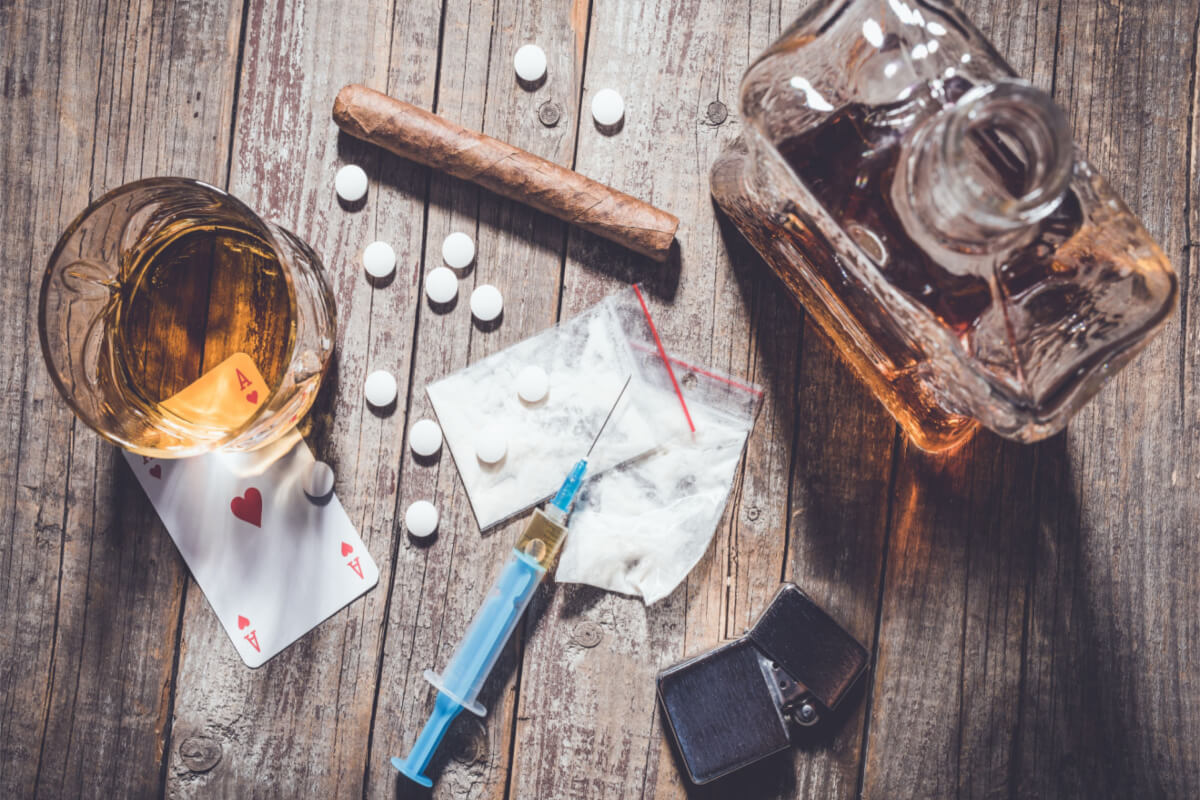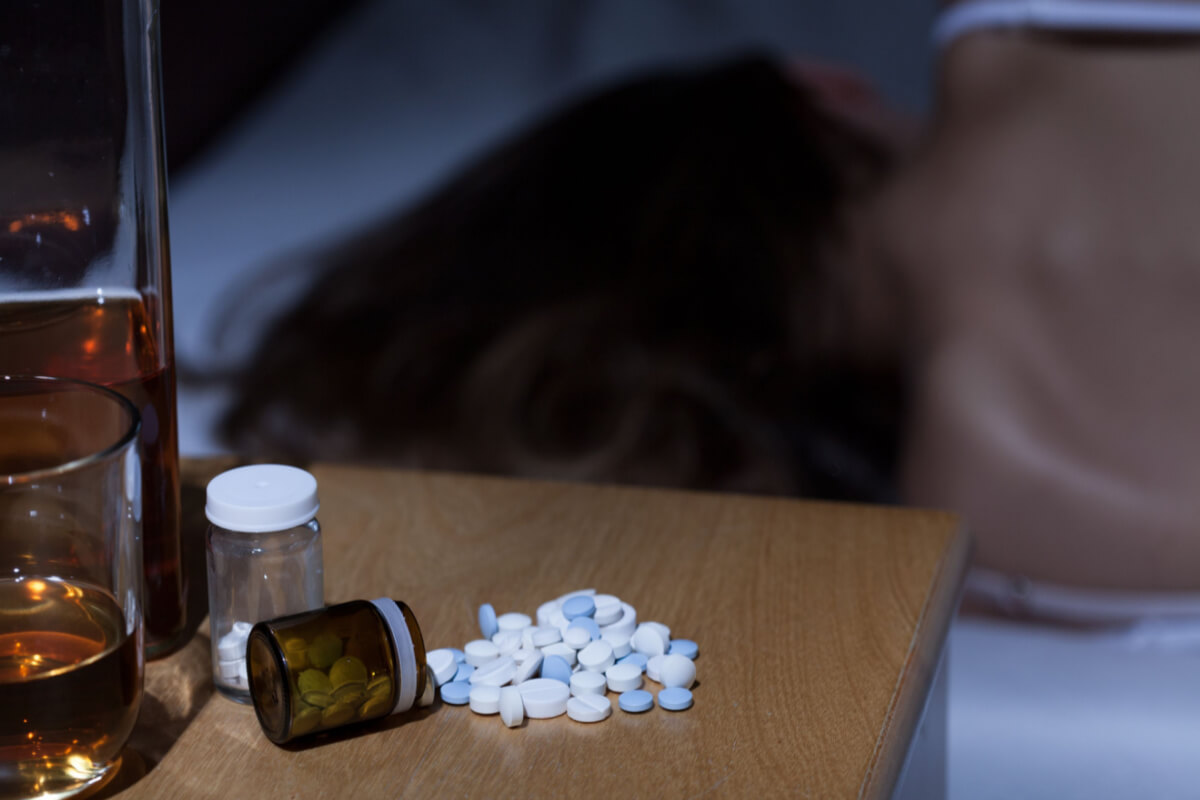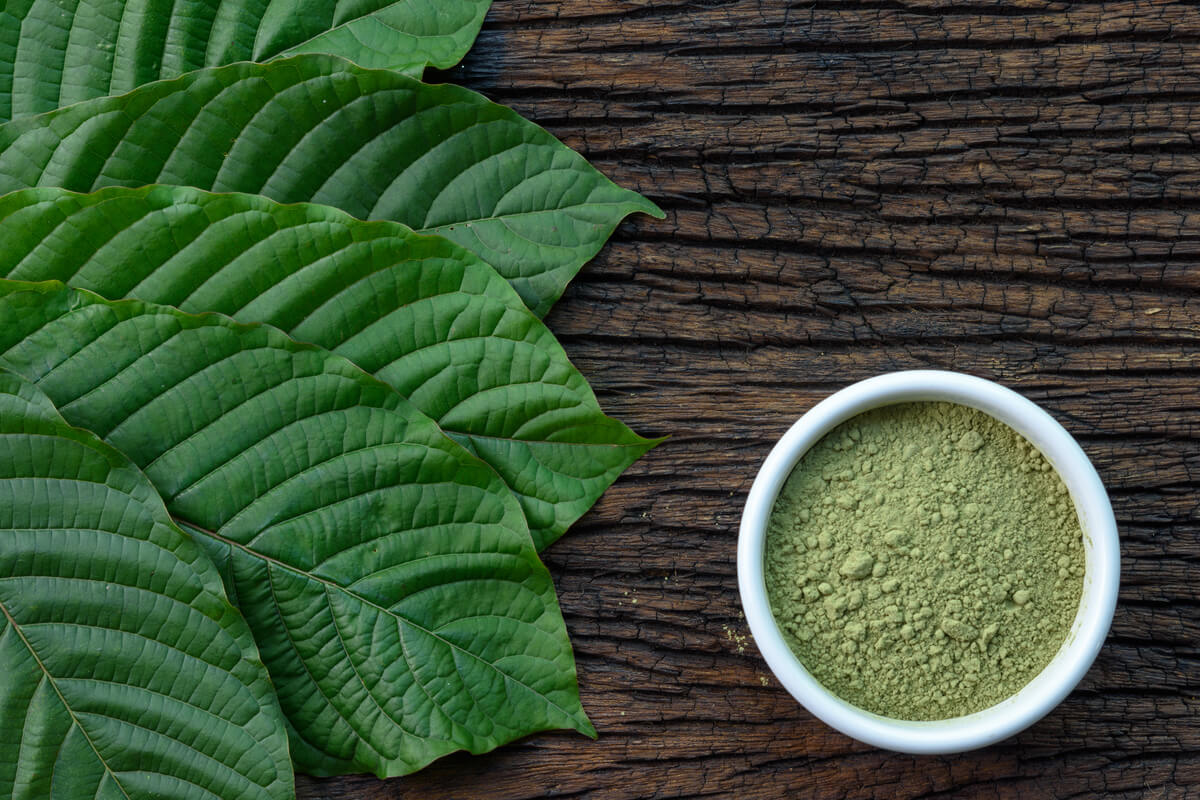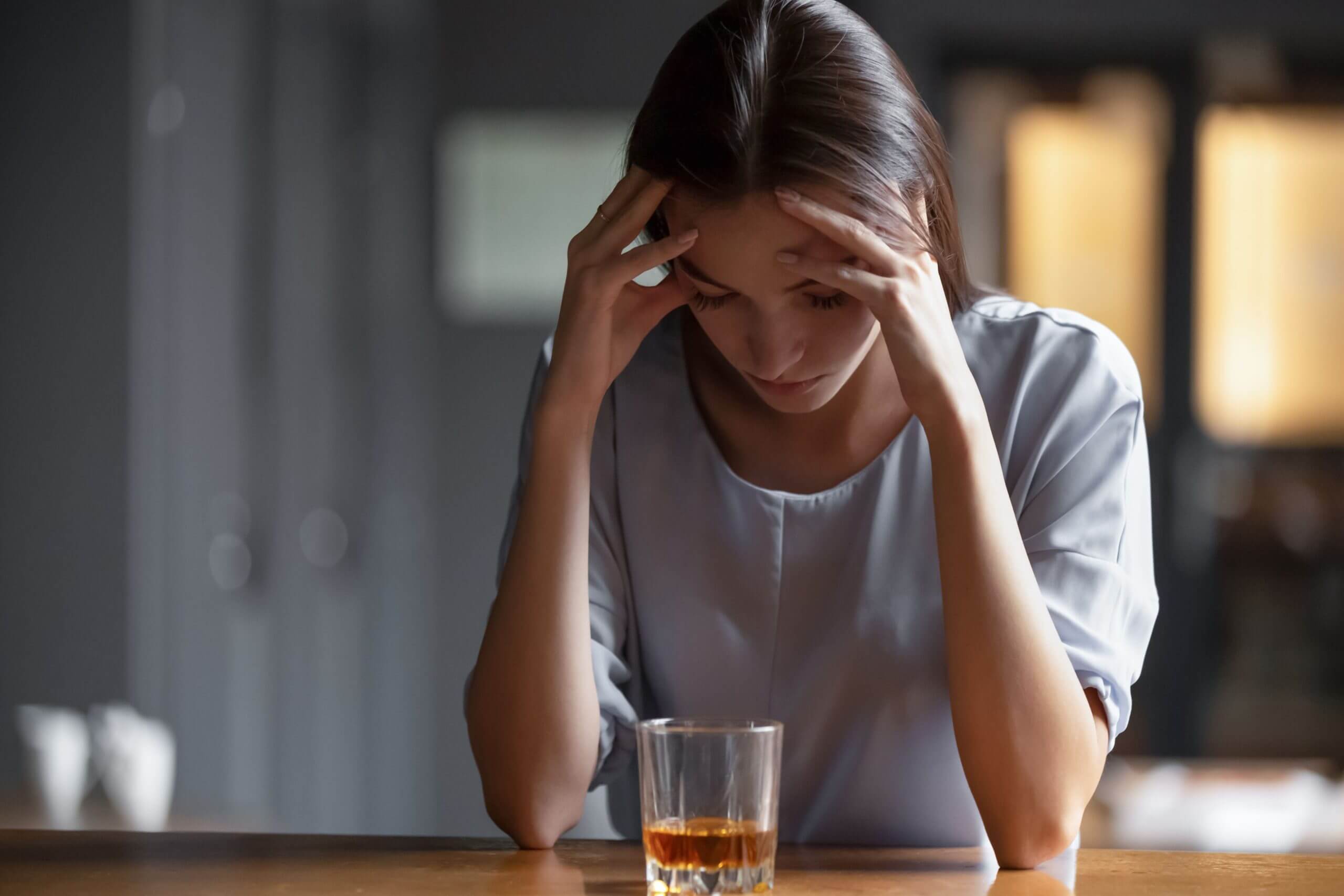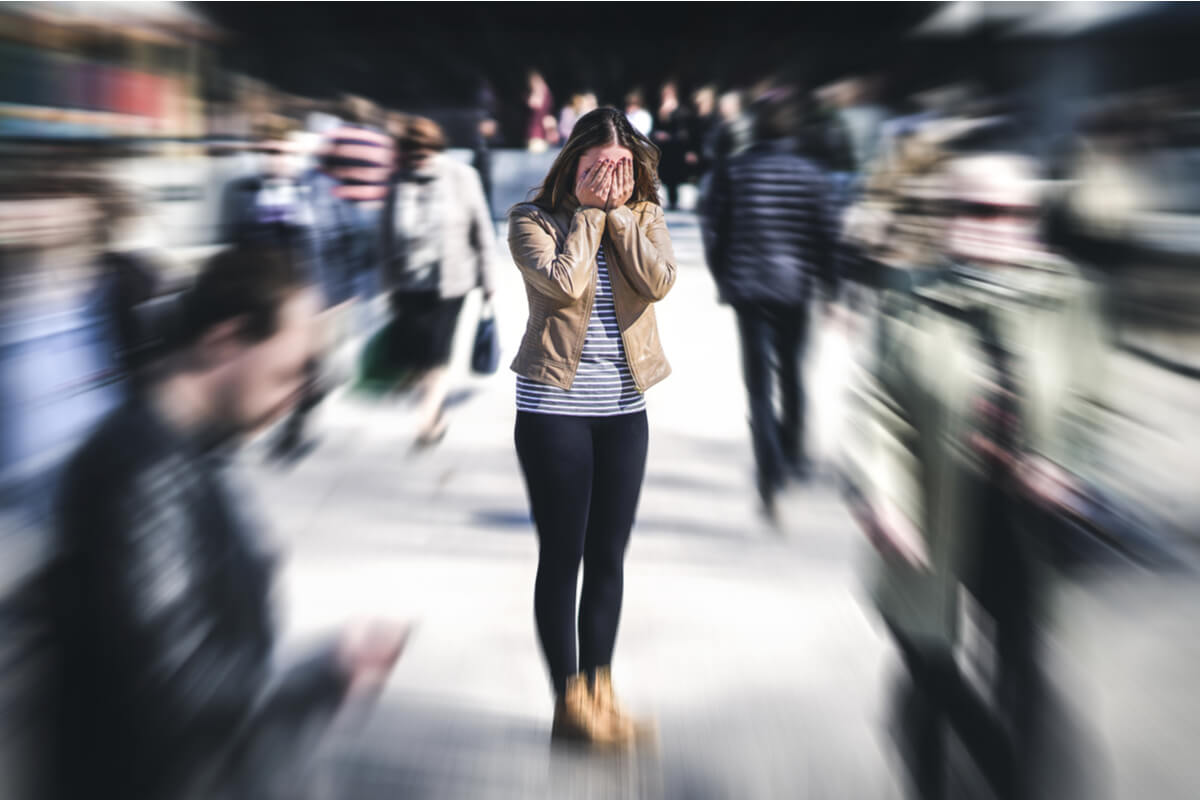
Mental health disorders co-occurring with substance use disorders are exceedingly common.
The U.S. Department of Health and Human Services reports that one in four Americans living with a mental health disorder like anxiety is also dealing with a co-occurring substance use disorder (SUD).[1]
About 9.2% of the U.S. population meets criteria for an anxiety or mood disorder, and about 9.6% have substance use disorders.[2] Having one condition increases the likelihood of developing the other.[3]
Hence, someone who deals with anxiety is more likely to turn to substances at some point to manage their stress. Similarly, a person with a substance use disorder may experience anxiety related to substance misuse.
The good news is that help is available to effectively manage both disorders.
Anxiety Disorder & Substance Abuse: How Are They Related?
Anxiety disorders can be overwhelming and make it difficult for the individual to function. As a result, many seek out drugs and alcohol to help them escape those feelings of discomfort or otherwise diminish the anxiety symptoms.[4]
When substance use becomes the preferred, or only, coping mechanism for dealing with anxiety, a substance use disorder can quickly develop. The person may eventually become physically and psychologically dependent on the substance.
Types of Anxiety That May Co-Occur With SUD
Several different types of anxiety disorders may co-occur with SUD, including these:[5]
- Specific phobias
- Social phobias
- Generalized anxiety disorder
- Panic disorder
- Obsessive-compulsive disorder
OCD & SUD
People (especially men) with OCD are more likely to develop substance use disorders than people with any other type of anxiety disorder.[6]
At its core, substance use is characterized by the inability to manage the compulsive use of substances. People with OCD use compulsive behaviors to manage feelings of anxiety. When combined, it’s difficult to recover from either disorder. One feeds the other.
Continued substance use can increase feelings of anxiety. That, in turn, increases rates of compulsive behaviors seen in patients with OCD.
Social Anxiety & Substance Abuse
People with social anxiety disorder struggle to interact with others, especially strangers. They may use substances to ease their anxiety in social situations.
Researchers say social anxiety disorder is a potential trigger for substance use.[7]
Risk Factors for Anxiety & SUD
Several factors can increase the risk of developing an anxiety disorder with a substance use disorder, including:
- Genetics: When someone has one or more close family members (like a parent or sibling) with an anxiety disorder or a substance use disorder, they are at a higher risk of developing co-occurring anxiety and SUD.
- Unsuccessful treatment for anxiety: Many people do not get adequate behavioral or pharmacological treatment for anxiety, and they they may be more likely to turn to substances to relieve their symptoms and ultimately develop a SUD.
- Suicidal thoughts: Suicidal ideation is linked to anxiety, depression, and substance use disorder.[8]
Symptoms of Anxiety & SUD
Signs of addiction/ SUD can include the following:[9]
- Changes in social groups or social behaviors
- Inability to stop using a substance
- Secretive behavior
- Odd excuses for changes in behavior
- Stealing, unpaid bills, and other signs of financial instability
- Withdrawal symptoms when not able to use a substance
Signs of an anxiety disorder can include the following:
- Extreme fear response to objectively small stimuli, such as social interactions
- Physical symptoms of panic, such as shaking, sweating, or hyperventilating
- Intense aversion to certain situations
- A sense of impending doom or danger
- Rapid breathing or heart rate
- Making choices based on fears and anxiety that may interfere with functionality at work or home
- Circular thinking patterns
Challenges of Anxiety & SUD
When someone struggling with anxiety uses drugs or alcohol to cope, it’s hard for them to quit. Many people who use substances to manage anxiety may not feel that they require treatment of any kind, making it more difficult to commit to recovery.[10]
Treatment of SUD without adequate treatment of the underlying anxiety disorder – or vice versa – can make it hard to heal from either condition. The best success is achieved when both conditions are recognized and addressed simultaneously.
Treatment for Co-Occurring Anxiety & SUD
The good news is that several treatments can help people manage anxiety disorders without using drugs and alcohol.
Behavioral Therapies
Behavioral therapies, such as cognitive behavioral therapy (CBT), are recommended for both substance use disorder and anxiety.
CBT can teach patients coping mechanisms to manage anxiety and substance cravings. Therapists work with patients to identify triggers that worsen anxiety and substance use, helping them to change direction and engage in healthier behavioral patterns.
Medication
If the substance of choice is an opioid, Medication for Addiction Treatment (MAT) may help. While taking a prescription medication like Suboxone, the patient can focus on recovery without dealing with opioid withdrawal symptoms and cravings. Some people with anxiety benefit from antidepressant or anti-anxiety medications.
Lifestyle Changes
A comprehensive treatment program that addresses anxiety and substance use disorder will incorporate various lifestyle changes.[3] Possibilities include meditation, regular exercise, journaling, balanced nutrition, and creative expression.[11]
Making changes that promote an overall healthy lifestyle can help to manage stress and other issues that can trigger anxiety and the use of substances.
A Holistic Approach to Care
Making changes that promote an overall healthy lifestyle can help to manage stress and other issues that can trigger anxiety and the use of substances. From medication and group therapies to personalized therapies and beyond, each person’s ideal treatment experience will vary.
As with all co-occurring conditions, it’s important to address anxiety and substance misuse together. Only treating one disorder will usually impede recovery on both fronts.
Continued dedication to the treatment process can help those who struggle with comorbid substance use disorder and anxiety to build a new life in recovery.

Medically Reviewed By Elena Hill, MD, MPH
Elena Hill, MD; MPH received her MD and Masters of Public Health degrees at Tufts Medical School and completed her family medicine residency at Boston Medical Center. She is currently an attending physician at Bronxcare Health Systems in the Bronx, NY where ... Read More
- Mental Health and Substance Use Co-Occurring Disorders. US Department of Health and Human Services. https://www.mentalhealth.gov/what-to-look-for/mental-health-substance-use-disorders. March 2022. Accessed January 2023.
- Prevalence and Co-Occurrence of Substance Use Disorders and Independent Mood and Anxiety Disorders: Results From the National Epidemiologic Survey on Alcohol and Related Conditions. JAMA Psychiatry. https://jamanetwork.com/journals/jamapsychiatry/article-abstract/482045. August 2004. Accessed January 2023.
- Substance Use Disorders and Anxiety: A Treatment Challenge for Social Workers. Social Work in Public Health. https://www.ncbi.nlm.nih.gov/pmc/articles/PMC3775646/. September 2013. Accessed January 2023.
- Self‐Medication With Alcohol or Drugs for Mood and Anxiety Disorders: A Narrative Review of the Epidemiological Literature. Depression and Anxiety. https://www.ncbi.nlm.nih.gov/pmc/articles/PMC6175215/. July 2018. Accessed January 2023.
- Anxiety and Substance Use Disorders: A Review. The Psychiatric Times. https://www.ncbi.nlm.nih.gov/pmc/articles/PMC2904966/. October 2008. Accessed January 2023.
- Co-Occurrence of Obsessive-Compulsive Disorder and Substance Use Disorder in the General Population. Addiction. https://onlinelibrary.wiley.com/doi/abs/10.1111/j.1360-0443.2011.03559.x. June 2011. Accessed January 2023.
- Shyness, Social Anxiety, Social Anxiety Disorder, and Substance Use Among Normative Adolescent Populations: A Systematic Review. American Journal of Drug and Alcohol Abuse. https://pubmed.ncbi.nlm.nih.gov/30422012/. November 2018. Accessed January 2023.
- Suicidal Ideation and Suicide Attempts: Comorbidity With Depression, Anxiety Disorders, and Substance Abuse Disorder. European Archives of Psychiatry and Clinical Neuroscience. https://link.springer.com/article/10.1007/BF02193525. 1994. Accessed January 2023.
- Prevalence and Characteristics of Addictive Behaviors in a Community Sample: A Latent Class Analysis. Addictive Behaviors Report. https://www.sciencedirect.com/science/article/pii/S2352853215000139. June 2015. Accessed January 2023.
- Perceived Need and Help-Seeking in Adults With Mood, Anxiety, or Substance Use Disorders. Archives of General Psychiatry. https://jamanetwork.com/journals/jamapsychiatry/article-abstract/205921. January 2002. Accessed January 2023.
- Meditation for Anxiety and Addiction: The Ultimate Guide. Ohio University. https://onlinemasters.ohio.edu/blog/meditation-for-anxiety-and-addiction/. September 2020. Accessed January 2023.
Download Our Free Program Guide
Learn about our program, its effectiveness and what to expect
Related articles
Imagine what’s possible on the other side of opioid use disorder.
Our science-backed approach boasts 95% of patients reporting no withdrawal symptoms at 7 days. We can help you achieve easier days and a happier future.

